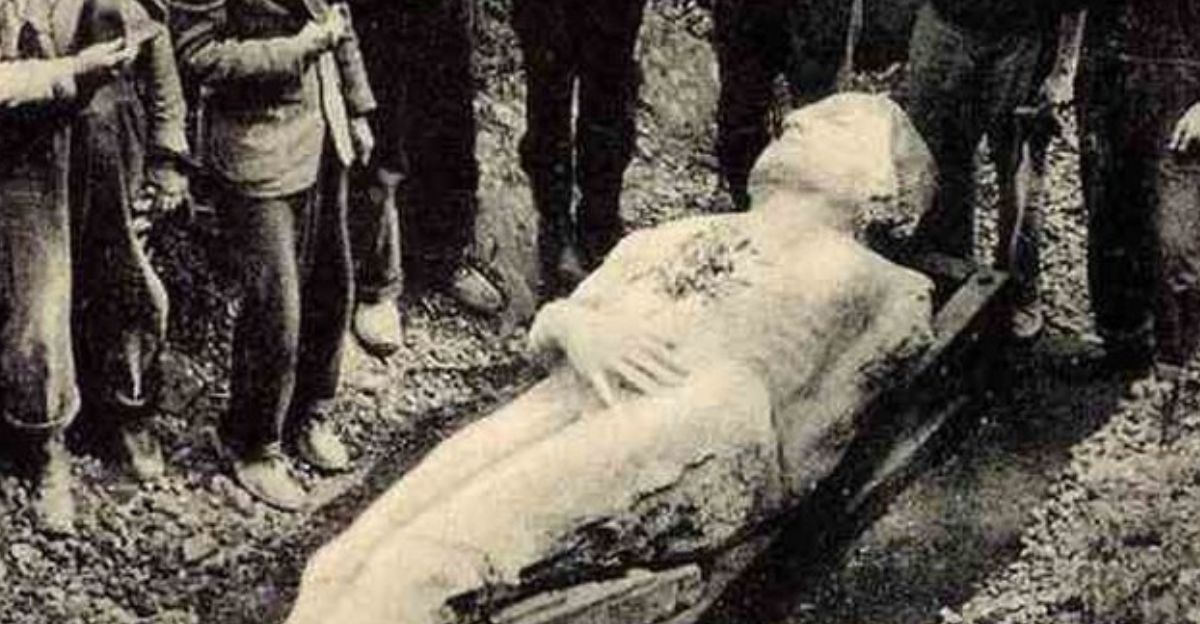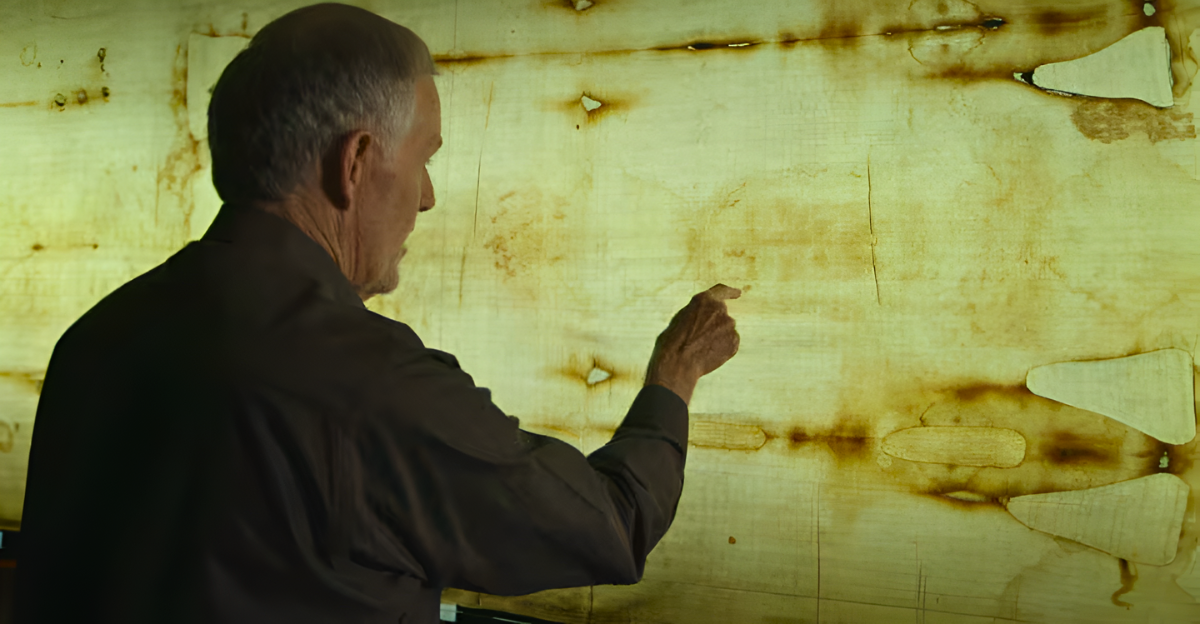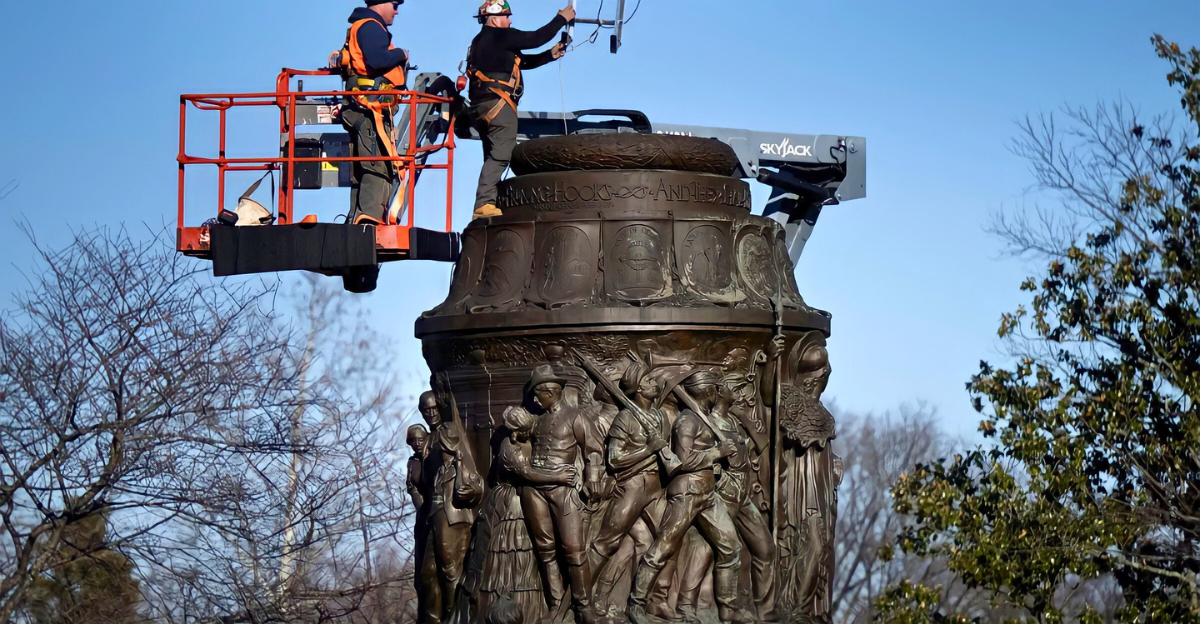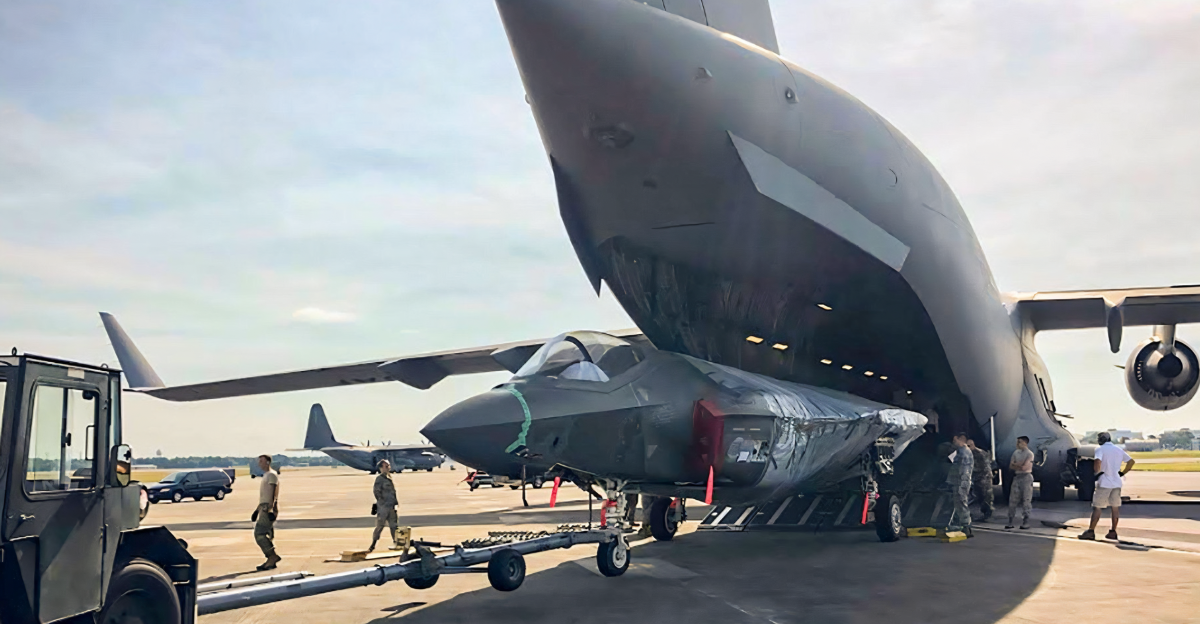
In 1945, a U.S. Air Corps pilot named James Gaussian experienced a life-changing encounter. During a flight between India and China, he spotted a massive White Pyramid while flying over the center of China. However Colonel Maurice Sheahan, director of the Trans World Airline gave the eye witness account to the 1947 edition of The New Yoork Times.
Chris Maier indictade that the photo is in fact the Mailing Mausoleum of emperor Wu outside Xi’an. Google Earth now reveals hidden secrets of ancient burial mounds in Xi’an, China, that were long undiscovered until recent technological advancements.
Some pyramids date back over 800 years. However, the question beckons: What secrets are they hiding, and why have these pyramids remained hidden for so long?
The Colossal White Pyramid
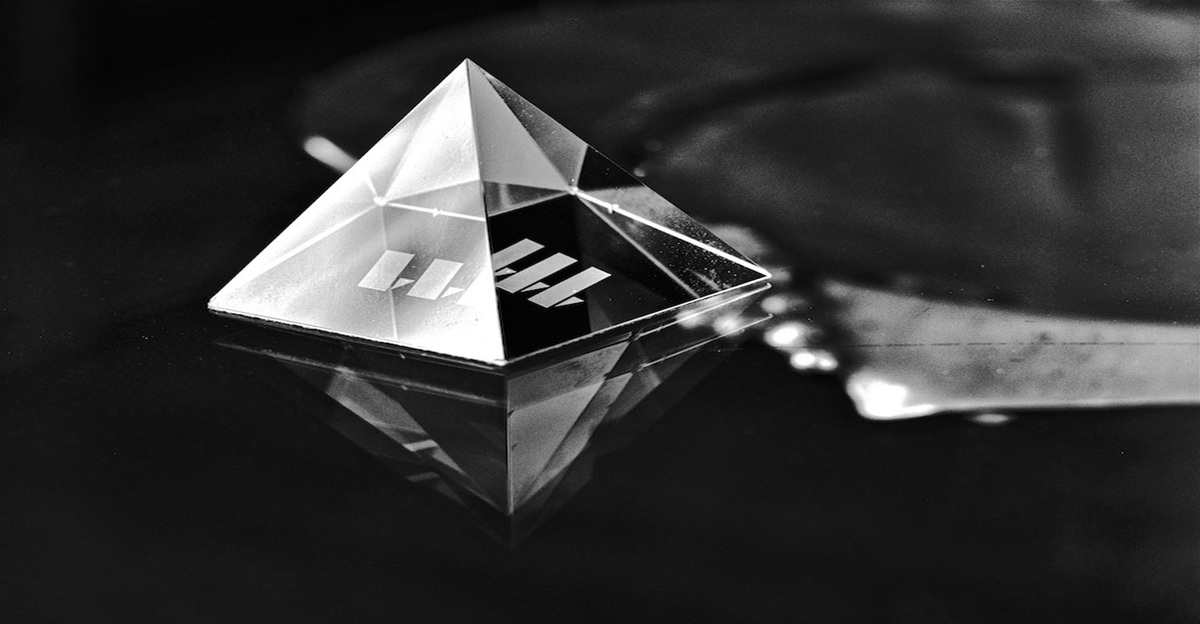
The “White Pyramid” of China, associated with the Maoling Mausoleum near Xi’an, is intriguing and mysterious. However, many experts believe that this substantial monument is the tomb of Emperor Wu of the Han Dynasty. Emperor Wu of Han reigned from late 156 to 87 BC, f in the Wilingyuan area, where the pyramid is located approximately 40 kilometers northwest of Xi’an.
The white pyramid, is a mystery captivating the entire world. People describe it as a pyramid with a white shade and a crystal-like capstone, even larger than the Great Pyramid of Egypt.
Despite numerous reports and sightings, the White Pyramid remains a secret for explorers, and only satellite images reveal its magnificence.
Hidden Pyramids in Xi’an
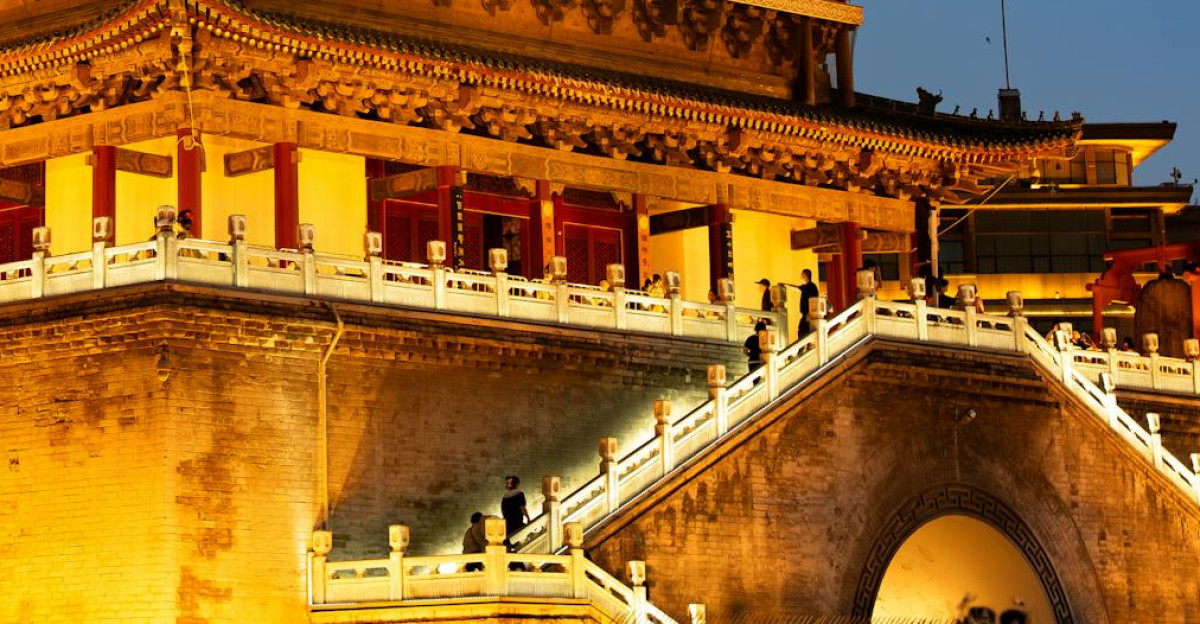
Thanks to Google Earth, the world can now observe secret burial mounds found in Xi’an, containing more than 40 pyramids. Although some are barely visible, concealed under layers of natural foliage, some are over 8,000 years old.
China’s flat-topped pyramids, unlike Egypt’s iconic pyramids, serve primarily as sacred burial sites for ancient emperors. These pyramids hold many significant historical secrets about ancient Chinese burial sites, which also offer a glimpse into the royal past of China. With mighty emperors ruling ancient China, much of their legacy lies in the mysterious pyramids.
Comparing China and Egypt’s Monuments
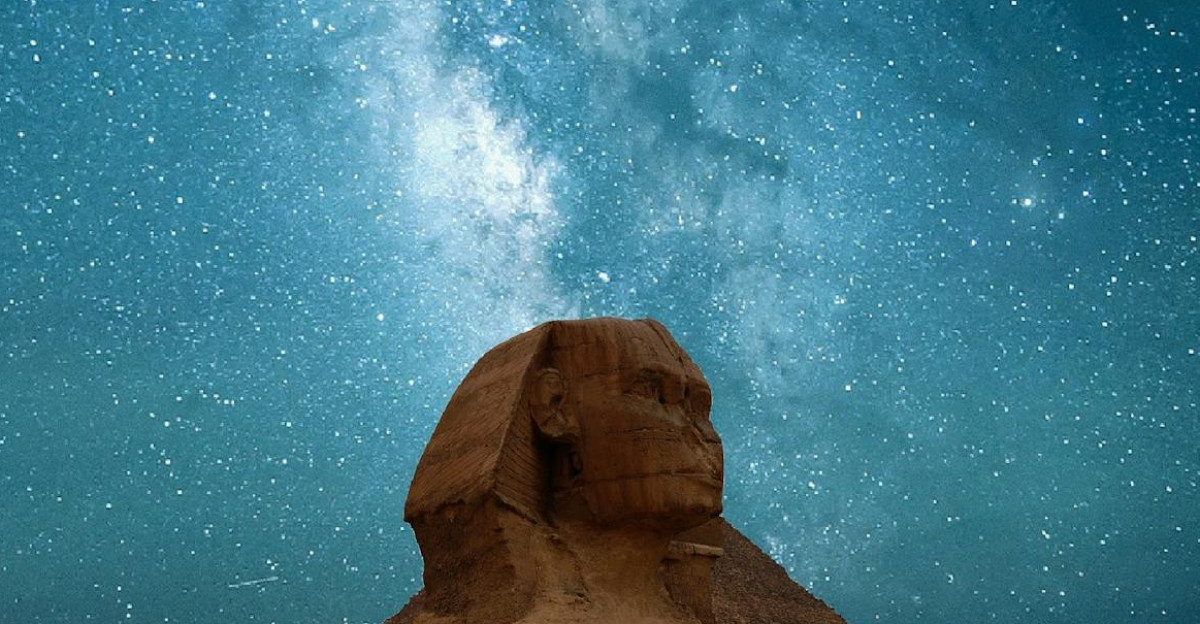
Before modern archaeology, studies by scholars like Joseph de Guines in 1785 could only speculate about some similarities between Egyptian and Chinese cultures, mostly about their pyramids. Egypt and China share well-known parallels, valuing astronomical knowledge and ancient scripts.
The massive burial complex belonging to Emperor Qin Shi Huang, featuring large terracotta warriors, shows that Chinese rulers valued the afterlife as much as Egyptian cultures.
However, could these two distant cultures share a hidden connection? Though we know they were quite separate, there is still some speculation.
Cover-Up or Preservation? The Secret Pyramids
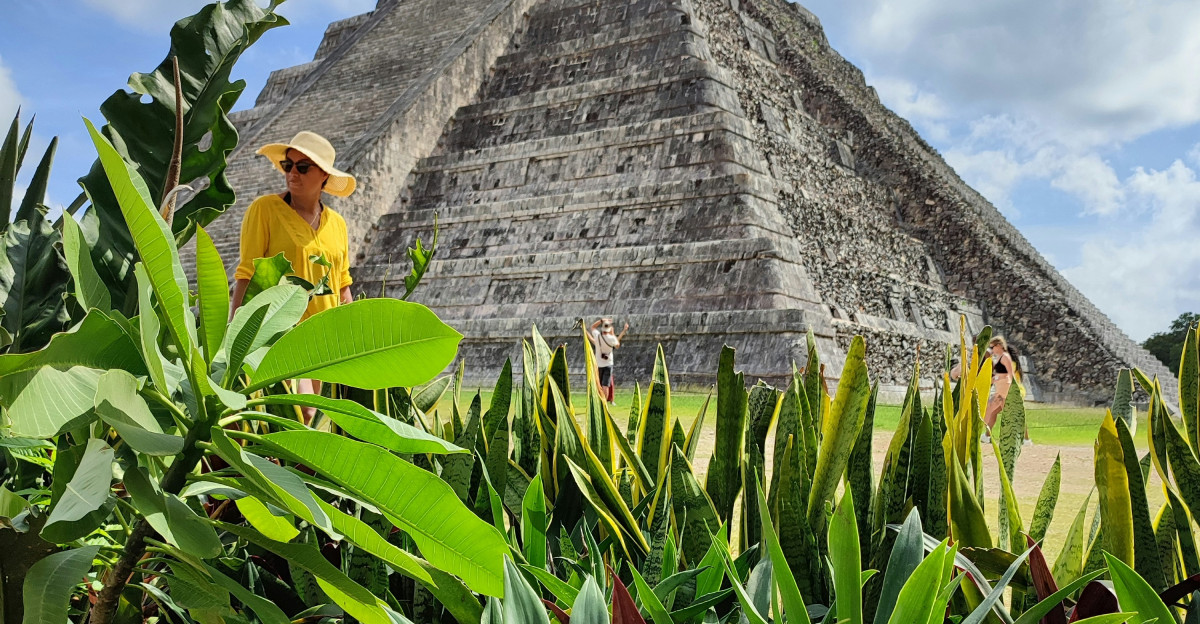
Because China’s pyramids are inaccessible to Western archaeologists, we often wonder what is shrouded in the mystery. The government keeps tight security measures, offering limited access to its ancient monuments.
However, recent reports suggest someone deliberately covers the pyramids in dense shrubbery to hide their contents. Though the world is eager to learn about the rich history of China’s ancient pyramids, there has been little success with restricted excavations and explorations.
Terracotta Warriors: China’s Imperial Legacy
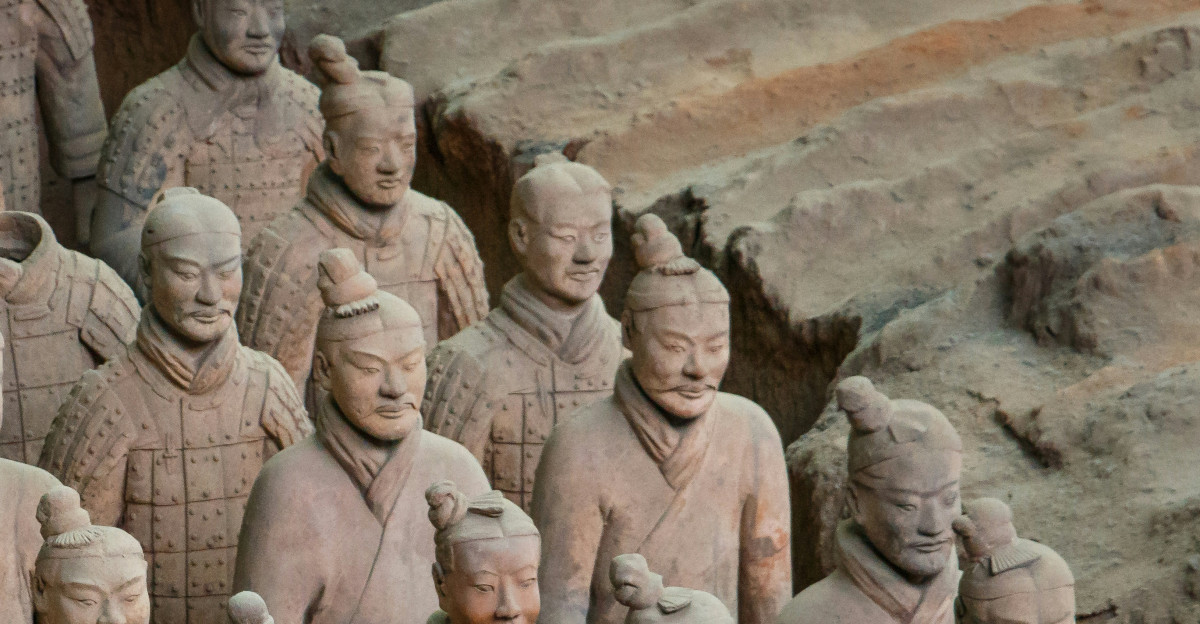
Emperor Qin Shi Huang’s Terracotta statues of his trusted warriors have become one of China’s most historical treasures.According to local legend, a network of mercury-filled rivers replicating the world surrounds the emperor’s mausoleum to be ruled, and his mighty soldiers surround him.
Two farmers found this phenomenon in 1974 while digging outside Xi’an, and they came across the terracotta statues. However, this closely guarded mystery still holds many secrets to be revealed.
Sacred Horse Burial Traditions

Horses were revered in ancient China as animals and subjects that followed into the afterlife. In the 5th century BCE, the tomb of Duke Jing of Qi contained over 600 horses, which signifies their importance in Chinese burial customs. Furthermore, other significant horse burial sites have also been discovered across Asia.
The ancient burial customs of horses as trusted companions, show the importance of these animals in the royal lives of their owners, offering a fascinating perspective of their role in the afterlife.
The Legend of Qin Shi Huang’s Tomb
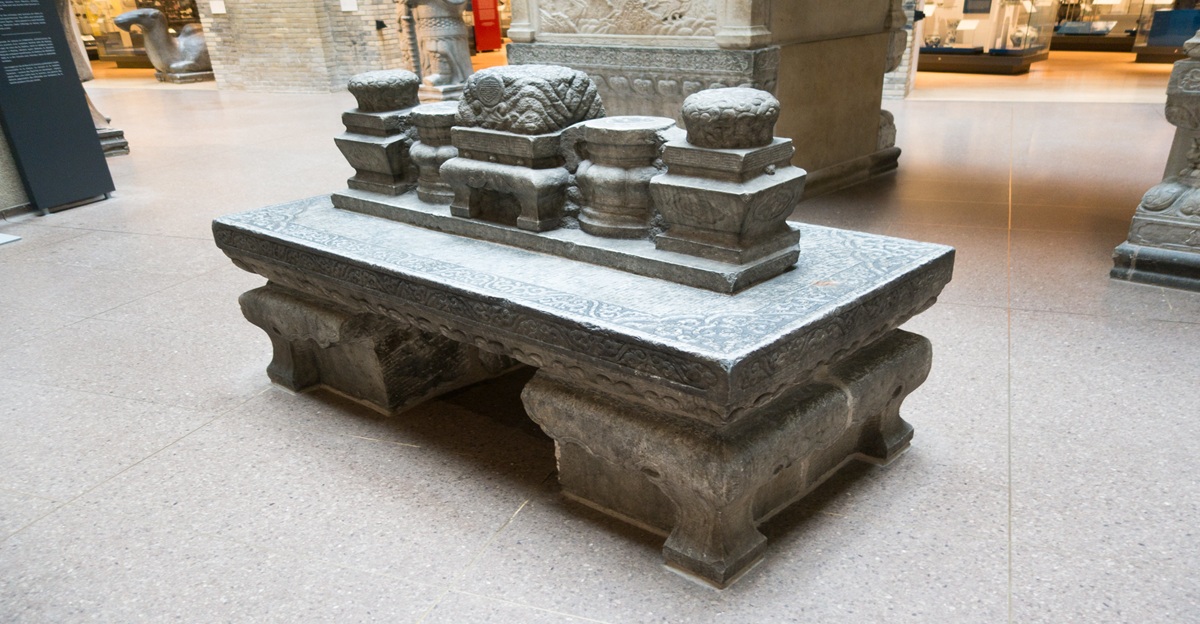
Qin Shi Huang’s tomb is legendary. In addition to the monumental Terracotta soldiers, it is well known for a few eerie tales surrounding its burial site. According to ancient legends, the rivers surrounding his tomb contained mercury, and anyone who knew its exact location would suffer instant death to keep the secret.
On the other hand, this is just a tale; archaeologists believe there may be some hidden treasures, and truth, fortunately not as severe as the legends. However, many are reluctant to delve into its depths for fear of a curse protecting these burial grounds.
Ancient China’s Pyramids: A Timeless Tribute
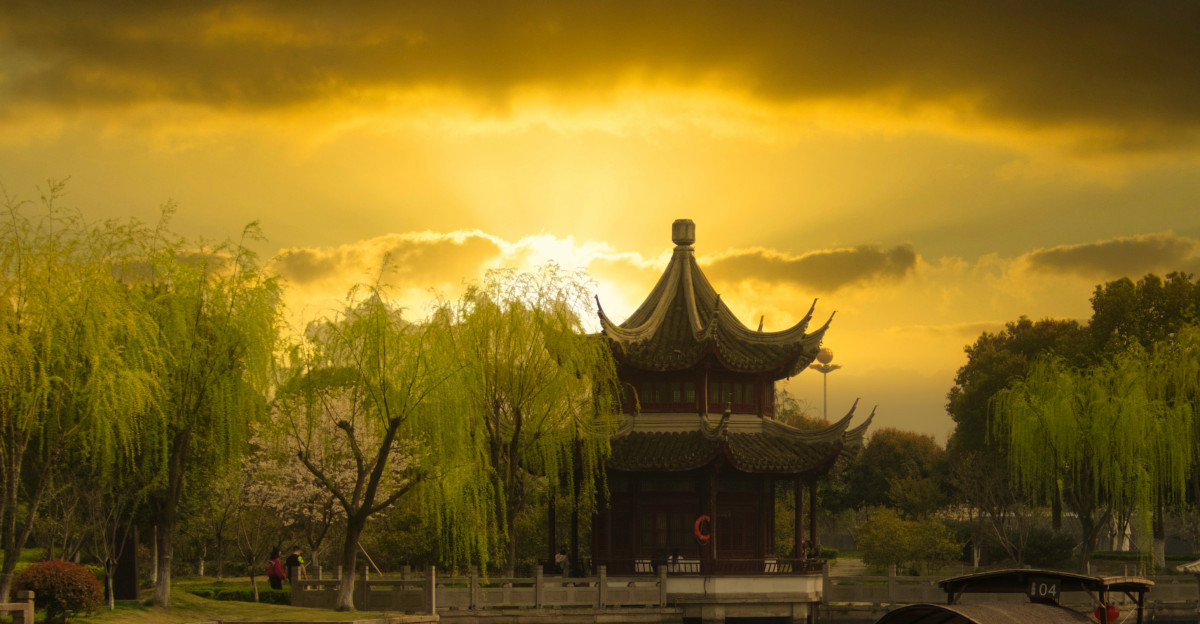
The pyramids of China are an archaeological wonder, reflecting the imperial power and sheer elegance of that time. The burial mounds serve as a symbolic connection tying the deceased emperors to the heavens, or the afterlife.
But did you know that the positioning of these pyramids is meticulously intentional? Satellite images have revealed that the intentional alignment of these mounds keeps visibility between each tomb. Why? It ensures that the emperor’s presence, though secretive, is never truly absent.
The alignment is celestial, and demonstrates a powerful alliance between religion, politics, and China’s cosmic order.
Preserving a Legacy VS New Exploration

China is urbanizing many of its ancient sites to preserve their mystery from being lost forever. Ancient tombs, and burial mounds, are particularly vulnerable to modern development encroaching on these sacred sites.
The growing need to preserve these ancient sites cannot be overstated, and archaeologists agree that the government must protect them for future generations to explore.
However, this still raises the question of how to balance modern development and conservation of cultural heritage with rapid urbanisation.
How Satellite Technology Is Changing Archaeology Forever
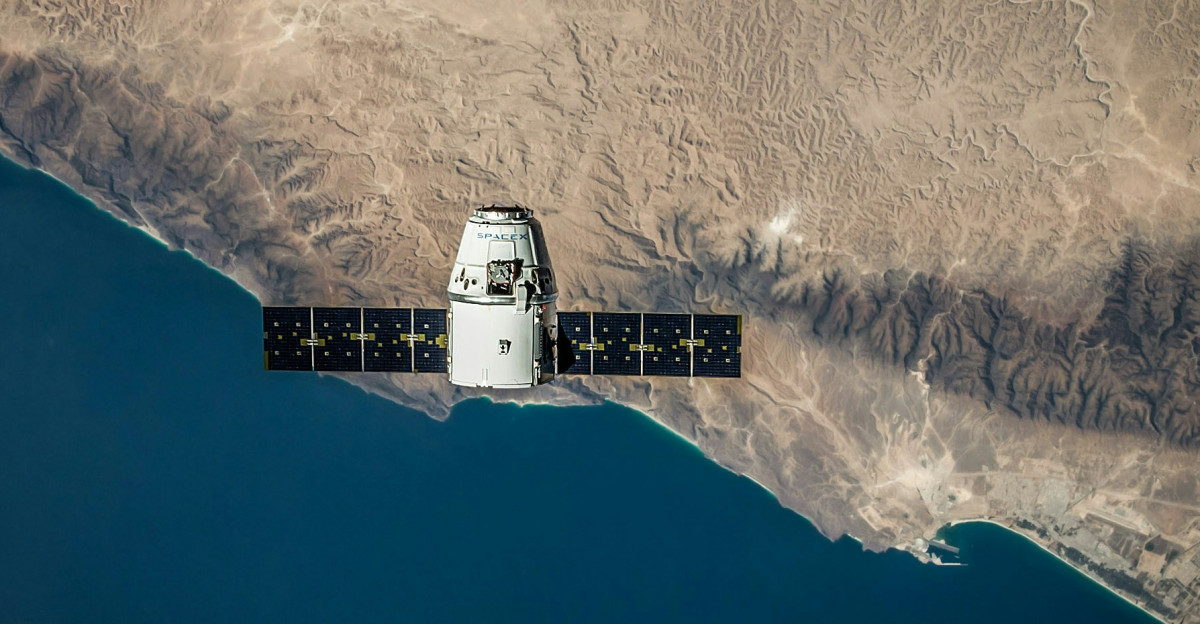
Much of the praise goes to advanced satellite technology, without which there would not be many insights into these mysterious pyramids. Archaeologists can now map and study ancient sites, uncovering hidden pyramids and burial grounds.
By analyzing satellite data, experts can even track the locations of monuments, examine their relationships with other sites, and predict more potential locations for undiscovered secret treasures.
Satellites and technology offer an innovative approach to archaeologists, helping them bring China’s secret legacy to light.
China’s Hidden Pyramids Capture Global Attention
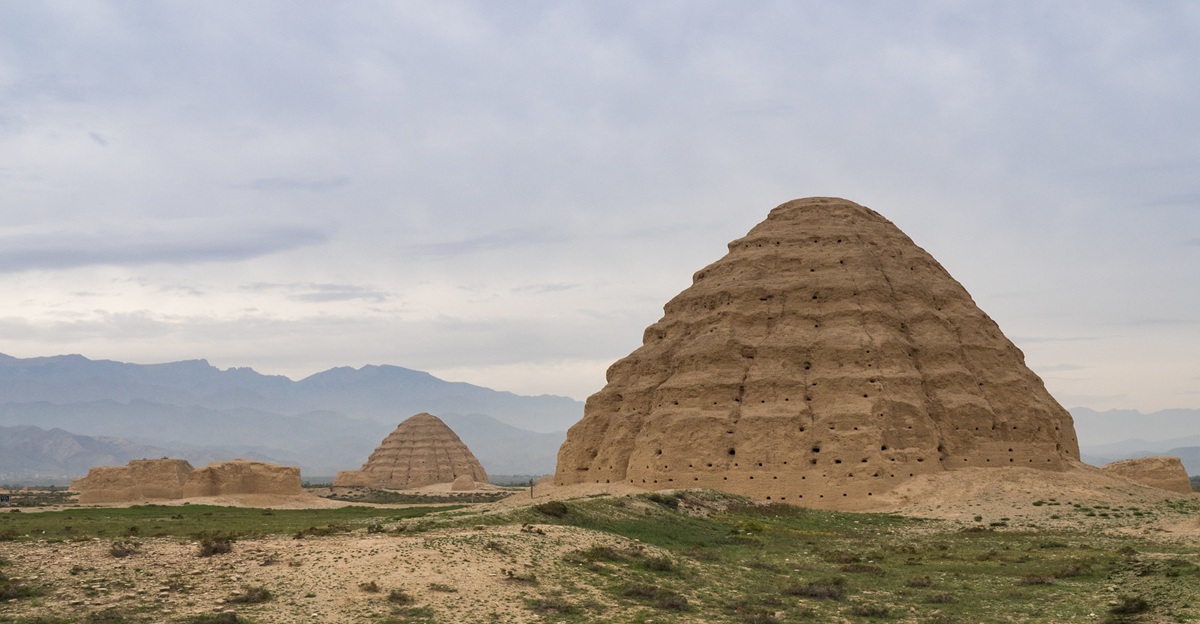
Over the past few decades, the mysterious pyramids of China have captured the imagination of historians, archaeologists, and the public. More and more people are becoming aware of the pyramids’ existence, and seeking more knowledge of these ancient monuments, and their colorful history.
There is a strong, ongoing interest in China’s pyramids, and tourists are flocking to experience these wonders for themselves.
This highlights that archaeology continues to captivate the public’s interest, and offers a chance to uncover the secrets of civilisation.
What Secrets Does the Future Hold?
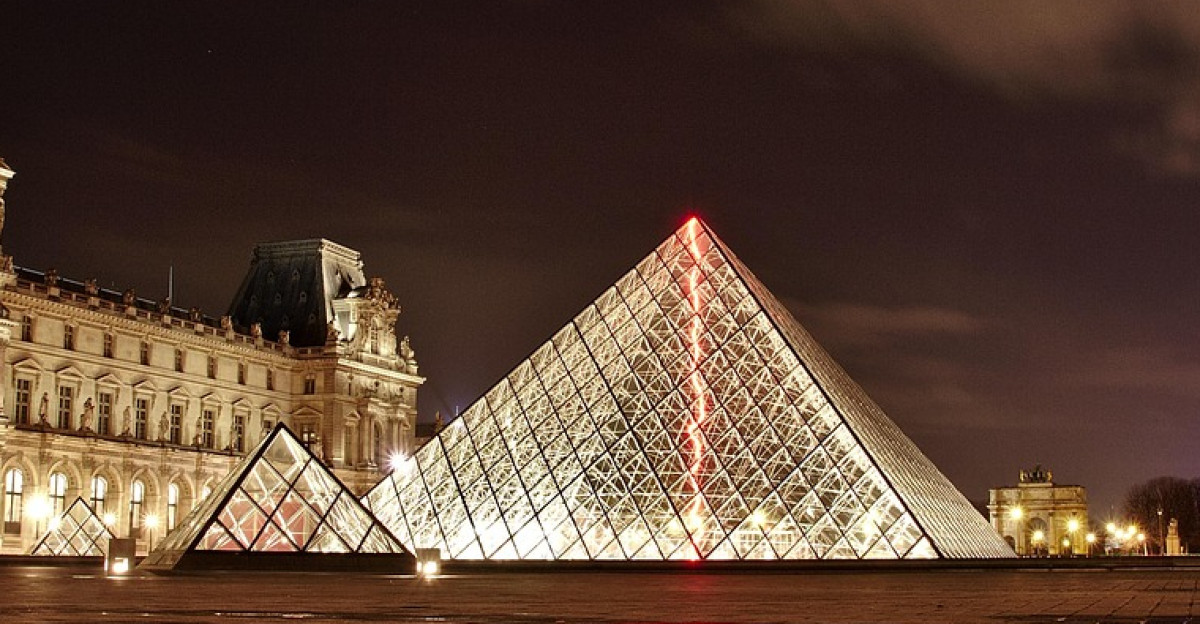
While we may never unravel the full mystery of China’s secret pyramids, modern technology continues to peel back layers of history, offering a few glimses into these remarkable ancient structures.
With every exploration, excavation, and new technology, a promise of new revelation grows as more discoveries emerge.
Though these hidden pyramids are silent, they are far from empty, and only time and curiosity will coax their secrets into the light.



